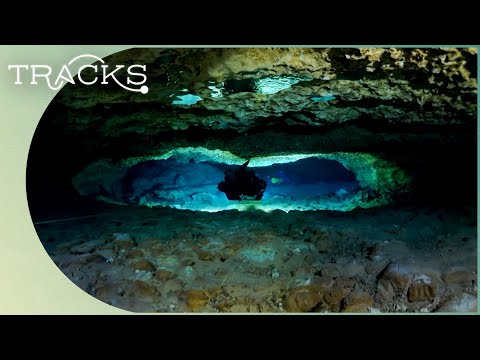
Nestled beneath the lush landscapes of our planet lies a hidden frontier, quite literally an Aqua Incognita or unknown water – the world’s largest underwater caving system. This subterranean marvel, which extends for miles beneath the surface, offers an unprecedented glimpse into Earth’s geological past and presents an ecological enigma that scientists and explorers are only just beginning to unravel.
#### The Discovery
The journey to discovering these colossal aquatic labyrinths has been anything but straightforward. It involved a combination of advanced diving technology, years of dedicated research, and a fair share of serendipity. The breakthrough came when a team of expert cave divers, equipped with rebreathers and specialized mapping equipment, embarked on an expedition to explore reported sinkholes and submerged river systems in regions known for extensive limestone foundations.
Their efforts paid off spectacularly when they stumbled upon what is now recognized as the largest underwater caving system located in the Yucatán Peninsula of Mexico. Known as the Sac Actun system, this sprawling underwater cave stretches over 347 kilometers (216 miles), making it a record-breaking natural wonder that surpasses all previously known systems.
#### The Significance
The discovery of such immense underwater caves is not just a milestone for speleology but holds profound implications across various scientific disciplines:
1. **Archaeological Insights**: These submerged caverns serve as time capsules preserving invaluable archaeological artifacts that provide insights into ancient civilizations that once thrived in these regions. Ritual objects, pottery, and even human remains found in these caves offer clues about ritualistic practices and daily life thousands of years ago.
2. **Paleoclimatology**: Stalactites and stalagmites found within these caves contain records of past climate conditions. By analyzing these formations, scientists can reconstruct historical climate patterns and better understand how they have shaped current environmental conditions and biodiversity.
3. **Biodiversity**: The isolated ecosystems within these dark waters are home to unique species that have adapted to extreme conditions such as minimal light and oxygen levels. These include blind fish, unique microbial colonies, and other organisms that may offer insights into evolutionary biology and potential medical applications.
4. **Hydrology**: Understanding how water moves through these complex cave systems can provide critical information on groundwater flows which is essential for sustainable water management in nearby communities.
#### Challenges Ahead
Exploring Aqua Incognita comes with its own set of challenges. The primary hurdle is the hostile environment itself; navigating through narrow passageways deep underwater necessitates not only advanced diving skills but also poses significant risks due to potential disorientation, equipment failure or low visibility.
Moreover, preserving these pristine environments while conducting research requires carefully balancing human activity with conservation efforts. There is also the ethical aspect concerning the treatment of archaeological sites and ensuring that these ancient relics are preserved for future generations.
#### Conclusion
The discovery of the world’s largest underwater caving system opens up new corridors in our understanding of nature’s complexity below Earth’s surface. As explorers continue to chart this Aqua Incognita, we stand on the brink of new scientific revelations that could reshape our understanding of history, biology, geology, and environmental science.
As we delve deeper into these mysterious aquatic realms, we not only uncover secrets from our planet’s past but also lay down a path for future explorations that might one day answer some of our most profound questions about life on Earth – both above and below its surface.
